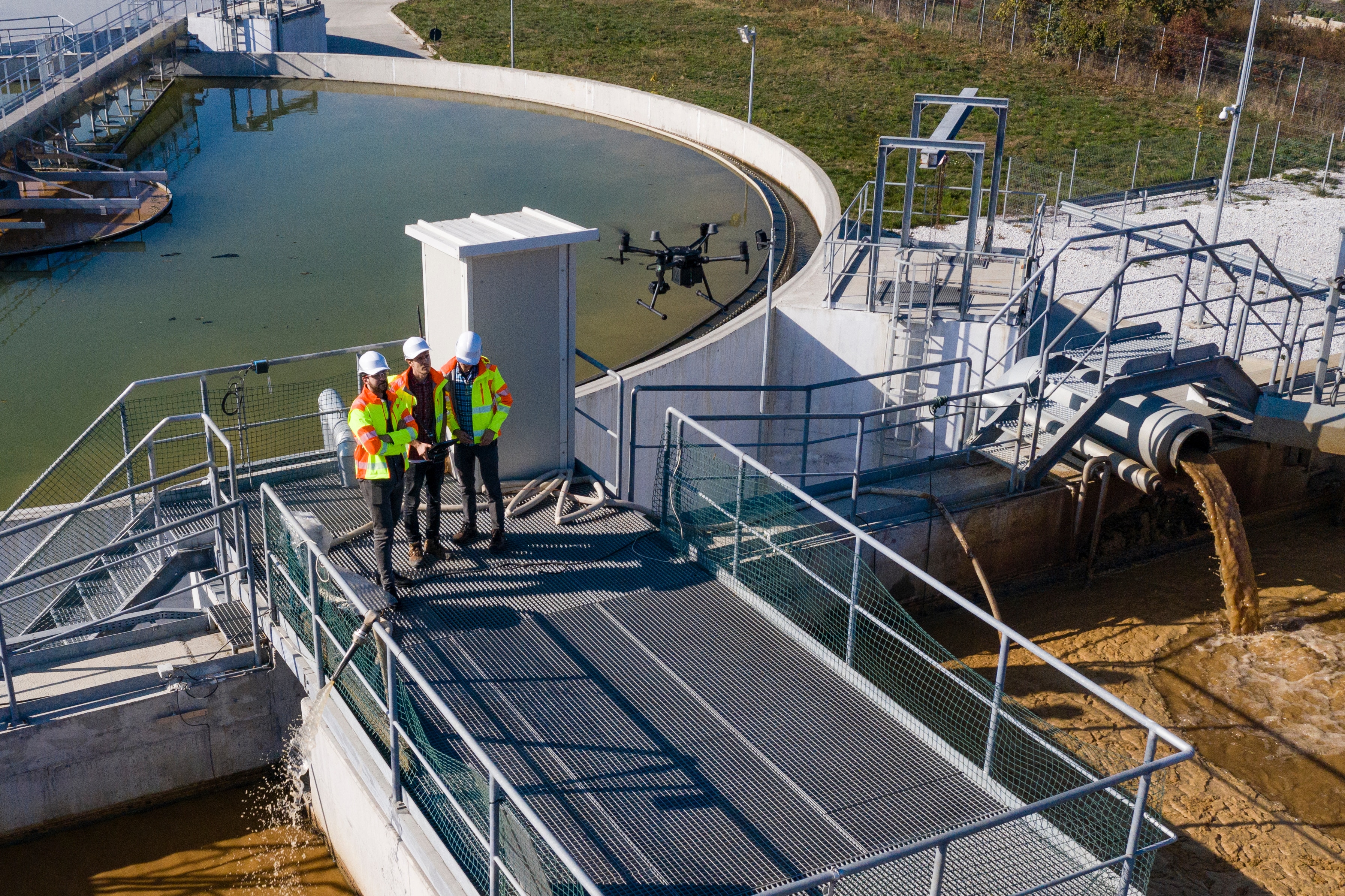Pollutant Monitoring in Metropolitan Areas

Air pollution, especially in heavily populated cities, is a proven cause of many illnesses and premature deaths. The respiratory tract in particular is severely affected by this exposure.

In addition to long-term damage to our health, short-term symptoms such as coughing, shortness of breath, or headaches occur. In areas with high pollution levels, such as busy roads, residents are permanently exposed to this situation. The long-term consequences are devastating not only for the health of the individual but for the whole of society. In addition to high health care costs, the economy also suffers from work absences due to illness.

The best known of these is certainly particulate matter, which is caused primarily by diesel engines. These particles consist of carbon particles with a large surface area, to which other substances can attach. Depending on their size, they are divided into different classes (PM 10, PM 2.5, and PM 0.1; PM stands for Particulate Matter). In addition, they also contain many gases that are harmful to the environment and health. Carbon dioxide (CO₂) accounts for about 20% of total exhaust gases, which is known to have negative effects on the climate. Nitrogen oxides and carbon monoxide also account for a significant proportion. Both gases have a toxic effect on the respiratory organs and can cause irritation or inflammation even in the smallest quantities.

During these processes, high concentrations of ammonia (NH3) can be generated, primarily from excreta. Ammonia is bound in urea and breaks down during wastewater treatment. At its most basic, this leads to unpleasant odors. At its worst, it can damage the health of staff. In low concentrations, this gas has an irritating effect on the respiratory tract and mucous membranes. At higher concentrations, it can cause burns in the respiratory organs and thus become life-threatening. If the ammonia enters the bloodstream, it is also a severe cytotoxin for the human organism. The protection of employees at exposed workplaces is therefore a priority. This can be easily achieved with reliable and low-maintenance measurement technology.

All relevant air pollutants have absorption bands in the near and mid-infrared (IR) and can therefore be measured quantitatively using IR spectroscopy. The possibility of real-time measurement represents a major advantage of this measurement technique. For example, at times of increased traffic volume, regulatory interventions can be taken in a timely manner to protect the surrounding population. Since Axetris optical spectroscopy solutions require very little space, there are almost unlimited possibilities for integration.